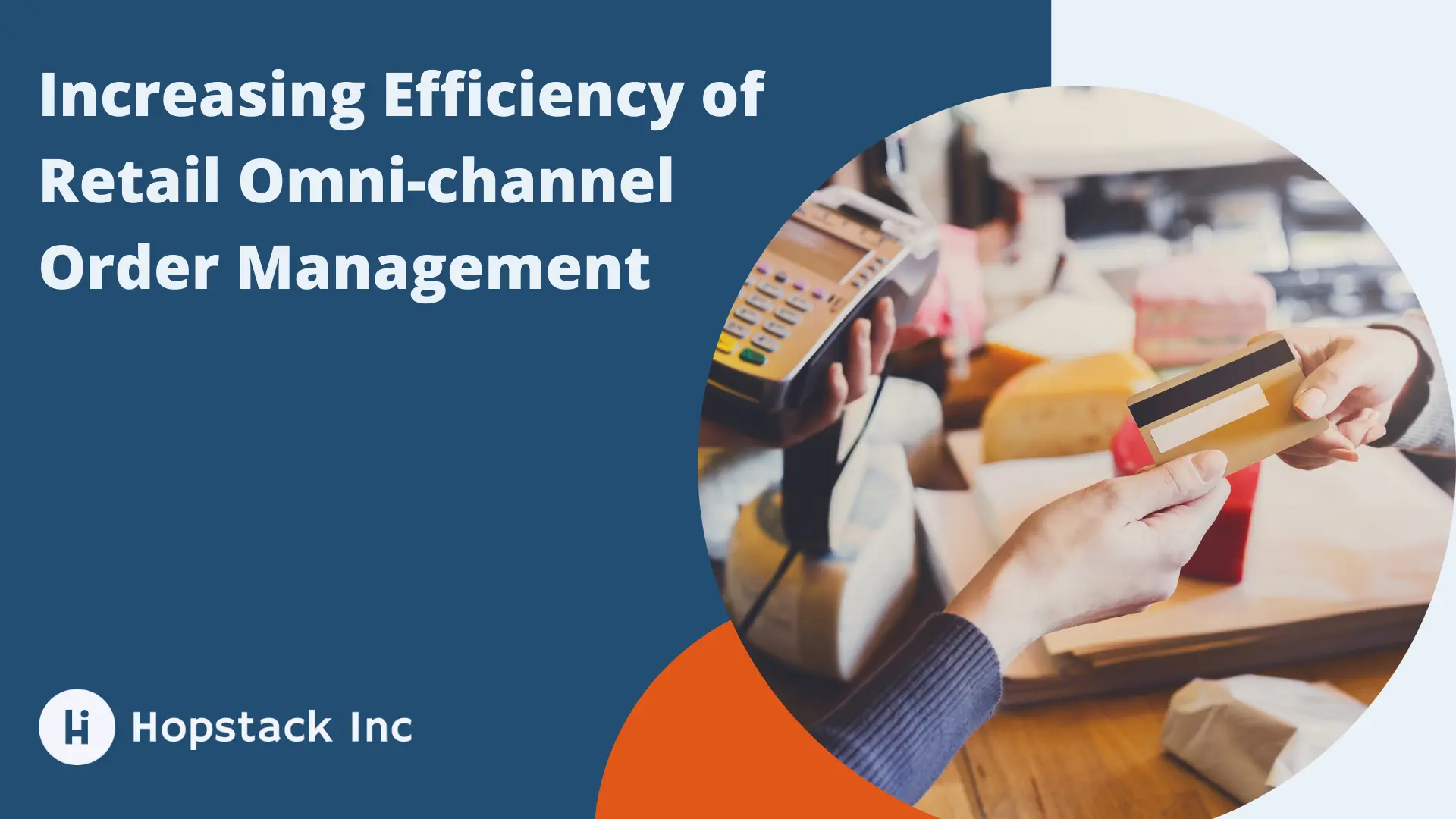Retailers shipping from Canada to the United States face plenty of challenges and restrictions when sending goods cross-border. This includes restrictions on forbidden goods, shipment quantities, packing and shipping requirements, customs clearances, and other variables.
Section 321 and PAPS (Pre-Arrival Processing System) are two legal guidelines that retailers must follow while importing products into the United States. While these requirements are vital for defending the country's borders and implementing customs laws, they pose major obstacles for retailers.
More On Section 321 And PAPs
The Tariff Act of 1930 gives CBP(Customs and Border Protection)authority to exempt certain low-value goods from duties and taxes. This exemption is known as a de minimis entry. Low-value shipments are labeled as Section 321 shipments. A Section 321 label is required for shipments with a value of less than $800.
A PAPS Number is a unique identifier for shipments requiring pre-arrival approval. The carrier attaches the PAPS number to the shipping invoice and truck eManifest.
PAPS is used for shipments with a value of $800 or more and has stricter enforcement.
Retailers' Challenges While Adhering To Laws And Operating Efficiently
One of the most challenging aspects of complying with Section 321 and PAPS is the enormous number of paperwork and documentation required. Retailers must supply precise information about their goods, such as the country of origin, the value of the items, and the Harmonized Tariff Schedule categorization. This is a time-consuming and complicated process, especially for retailers that import big volumes of items from several nations.
Custom Clearance Of Shipments
Shipments entering the US that are exempt from customs duties must have a Section 321 label or a PAPS label. Section 321 and PAPS are both used for shipping packages to the US. Section 321 is for low-value shipments that are less than $800, while PAPS is for higher-value shipments that are more than $800.
No Automation For Labeling Processes
The process of packaging and labeling orders for shipment to the US is challenging and typically managed by warehouse staff. They have to divide orders into appropriate segments starting by printing the necessary labels and then attaching them to the appropriate orders. However, this manual process is inefficient and slows down warehouse operations and order fulfillment duration.
Misclassification of packages
Misclassification of packages delays the delivery time and is costly for both shippers and carriers. The PAPS system, used by the USPS to sort packages, leads to misclassification if the label is even slightly altered or damaged.
The three-digit prefix "321" also causes confusion and misclassification, as it is often used to indicate packages going to or coming from Florida.
How Hopstack Solved Retailers' Challenges
The complete fulfillment process at the facility is transformed by Hopstack's technologies. Hopstack boosts order fulfillment rates, increases warehouse productivity, and sharply increases order accuracy. Hopstack’s solution solves all the retailers' challenges face in shipping orders to the US.
Omni-Channel Order Management module
According to factors like location (US in this case), order amount, shipment priority, etc., Hopstack's Omni-Channel Order Management module categorizes and separates the orders.
Following that, the system automatically generates picklists and fulfillment batches depending on the picker's route and the configured business rules.
Outbound Process Digitization
Hopstack's robust Workflow Designer and Rule Engine assists in designing the outbound (pick, pack, sort, and ship) procedures in accordance with shipping regulations like Section 321 or PAPS.
By replacing old manual/spreadsheet-based procedures, Hopstack's end-to-end outbound process digitization helps to greatly enhance operations.
Automated Label Generation
By using existing integrations with the carriers, the Hopstack platform automates the generation and printing of shipping labels that are compatible with Section 321 and PAPS and eliminates manual mistakes.
Additionally, the platform creates packaging instructions that are compatible with US import laws and regulations for the packing associate.
The software automatically generates and publishes the necessary packing list for customs inspection for PAPS.
Compliance For Combined Orders
On the basis of the total order value, Hopstack facilitates Section 321 and PAPS compliance for combined orders. Orders can be combined together based on parameters such as the customer's name, address, and phone number in order to reduce shipping costs.
Hopstack's platform offers flexibility in configuring the conditions for combining orders.
In Conclusion
With Hopstack retailers and fulfillment, providers will be better equipped to take advantage of the time and money-saving Section 321 and PAPS import tariff benefits.
The average order fulfillment time for US orders will be greatly reduced due to the automation of the packaging and labeling process, which also improves the overall warehouse efficiency.
On the other side, packaging and labeling mistakes that are brought on by inaccurate or missing Section 321 and PAPS labels are being reduced.
Preventing orders from being rejected or sent back by US customs, therefore facilitating a more efficient procedure.
Schedule a demo to learn more about how Hopstack can significantly improve the end-to-end fulfillment process while driving cost efficiency.
.svg)




